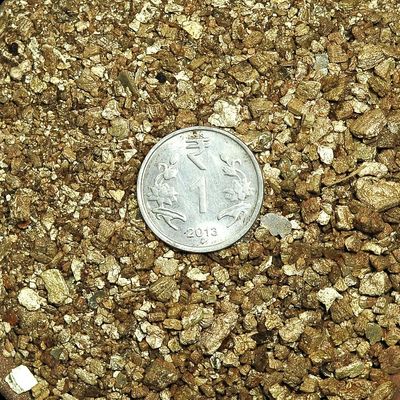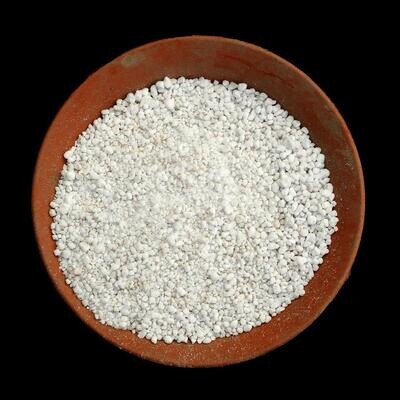Please check the Shipping Updates Page for information on shipping.
Tephrocactus articulatus var. papyracanthus
Multiheaded plant. Same plant will be sent. Care will be taken to safely ship these plants, however, heads may separate in transit given the fragile nature and weak nodal attachments of this plant. The nodes can be simply planted in sand or kept on a side in sand and will sprout to make new plants.
Origin of Name
Tephrocactus articulatus var. papyracanthus, commonly known as the Paper Spine Cactus, gets its name from its unique physical characteristics. 'Tephrocactus' comes from the Greek 'tephra', meaning ash, and 'cactus', referring to the plant's ashy-colored segments. The term 'articulatus' means jointed, describing how the plant's segments are connected. The variety name 'papyracanthus' is derived from Latin, with 'papyrus' meaning paper and 'acanthus' meaning spine, aptly describing the plant's thin, paper-like spines.
Technical Description of Plant
This distinctive cactus is known for its segmented growth, forming chains of rounded, jointed stems that can easily detach. The stems are green to gray-green and can exhibit a blueish tinge. The most striking feature is its spines, which are long, flexible, and paper-like, ranging in color from white to light brown. It rarely produces small, yellowish flowers. The plant's segmented structure and paper-thin spines make it an interesting addition to any collection.
Origin of Plant
Tephrocactus articulatus var. papyracanthus is native to Argentina, where it is adapted to rocky, arid environments. Its jointed stems allow it to survive in harsh conditions by breaking off and rooting to form new plants.
Conservation Status
As of the latest update, there is no specific conservation status for Tephrocactus articulatus var. papyracanthus. However, it's always important to consider the sustainability of collecting and trading wild plant species.
Care instructions
This cactus prefers well-draining soil, such as a cactus mix. It requires bright, indirect sunlight and should be watered moderately during the growing season, allowing the soil to dry out completely between waterings. In winter, reduce watering to a minimum. The plant is not frost-tolerant and should be protected from cold temperatures. Due to its delicate spines and segmented nature, handle with care to prevent damage. Regular monitoring for pests and proper watering will ensure the health of this unique cactus.





